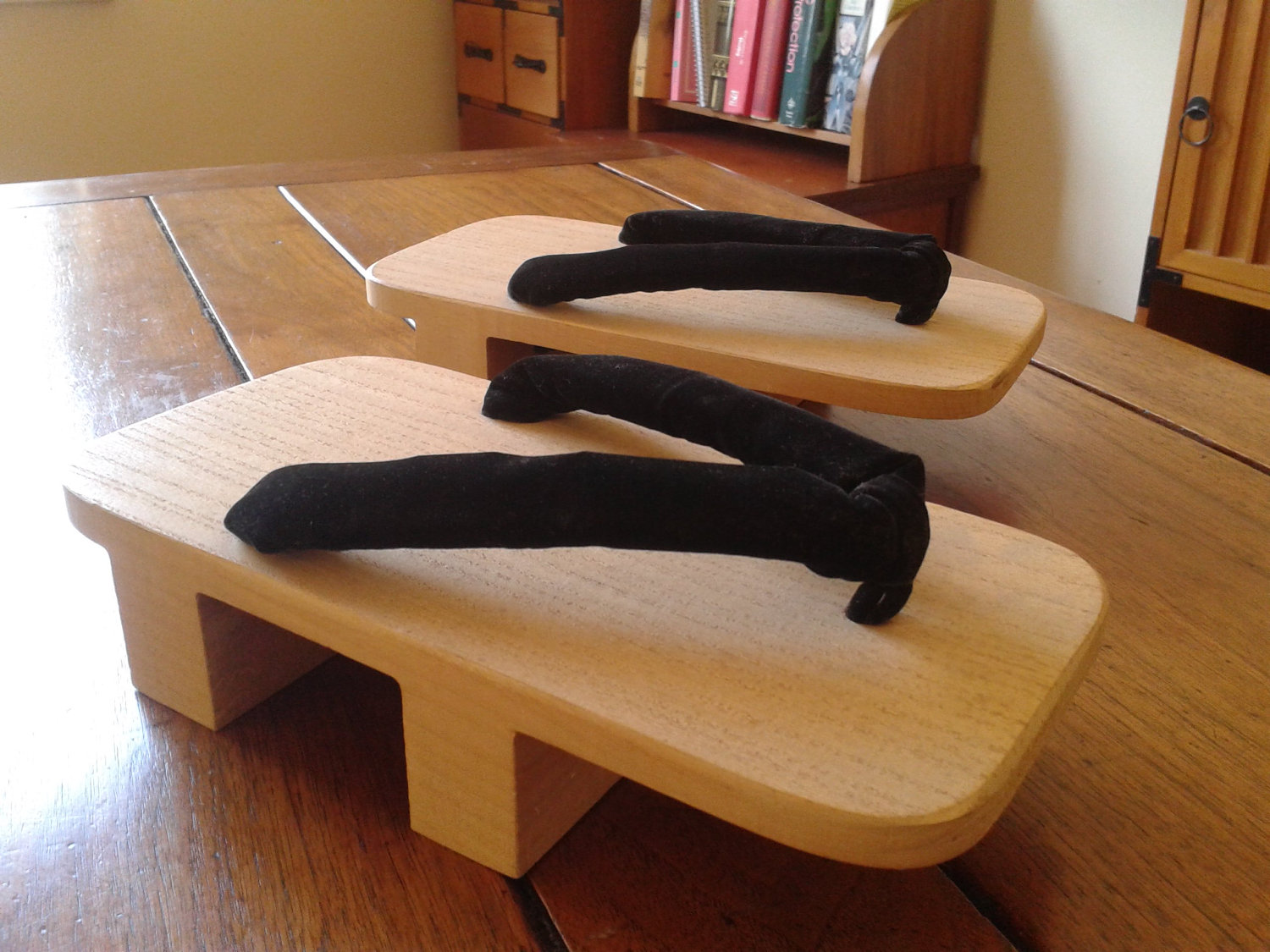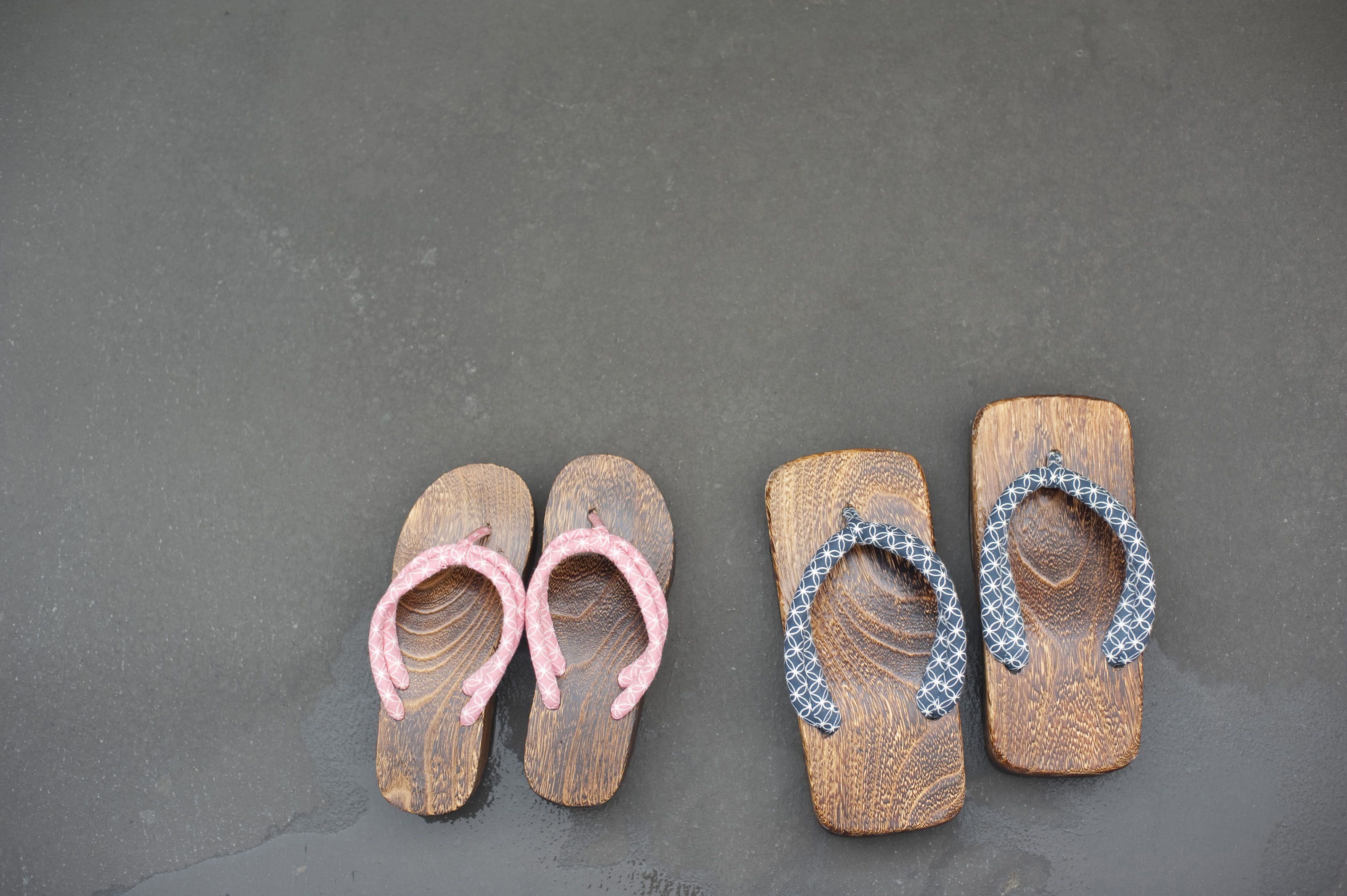Traditional Japanese Sandals: History, Styles, And Cultural Significance
Japanese sandals have long been a timeless symbol of Japan's cultural heritage, blending functionality, artistry, and tradition into footwear that transcends generations. These sandals, handcrafted with precision, are more than just a practical way to protect one's feet—they embody a rich cultural narrative that has endured for centuries. From their use in ancient Japan to their modern reincarnations in contemporary fashion, Japanese sandals continue to captivate the world with their unique designs and historical significance.
Rooted in practicality, Japanese sandals have evolved to represent much more than their utilitarian origins. They hold a special place in Japanese culture, serving ceremonial, casual, and even spiritual purposes. Whether it's the iconic wooden geta clacking on cobblestone streets or the soft straw zori gracing the feet of kimono-clad individuals, each type of sandal tells a story. These traditional footwear styles reflect the ingenuity of Japanese craftsmanship, incorporating materials like wood, rice straw, and fabric to create durable yet stylish options.
Today, Japanese sandals are not only cherished for their cultural value but are also making a global impact in the fashion industry. Designers around the world have drawn inspiration from these traditional footwear styles, blending them with modern aesthetics to create innovative designs. In this article, we will delve deeply into the history, types, and symbolism of Japanese sandals, while also exploring their significance in contemporary style and culture.
- How To Maximize Savings With The Staples Teacher Discount
- Federal American Grill Katy A Culinary Experience Like No Other
Table of Contents
- History of Japanese Sandals
- What are Japanese Sandals?
- Types of Japanese Sandals
- Why are Japanese Sandals Important?
- Materials Used in Japanese Sandals
- How are Japanese Sandals Made?
- Traditional and Modern Uses
- Cultural Symbolism of Japanese Sandals
- Japanese Sandals in Modern Fashion
- How to Wear Japanese Sandals?
- Are Japanese Sandals Sustainable?
- Japanese Sandals Around the World
- How to Choose the Right Japanese Sandals?
- Frequently Asked Questions
- Conclusion
History of Japanese Sandals
The history of Japanese sandals dates back thousands of years, intertwining with the rich cultural and social fabric of Japan. Early evidence suggests that ancient Japanese people crafted sandals primarily from natural materials like straw and rope for everyday use. These sandals were practical, lightweight, and suited for Japan's diverse terrain.
Japanese sandals evolved significantly during the Edo Period (1603–1868), a time when geta sandals became iconic for their unique wooden design. Worn by everyone from farmers to samurai, geta not only served as everyday footwear but also symbolized social status. Over time, other styles like zori, waraji, and setta emerged, each with distinct purposes and designs.
As Japan transitioned into the Meiji Era (1868–1912) and embraced modernization, traditional sandals faced competition from Western footwear. However, they retained their cultural importance, particularly in ceremonial settings. Today, Japanese sandals continue to hold a special place in both traditional and modern contexts, celebrated for their craftsmanship and timeless appeal.
What are Japanese Sandals?
Japanese sandals are a traditional form of footwear originating from Japan, characterized by their open-toed design and use of natural materials. Unlike Western shoes, which often enclose the feet, Japanese sandals prioritize breathability and minimalism.
Key Features of Japanese Sandals
- Open-toed design for maximum ventilation.
- Made from natural materials like wood, straw, and fabric.
- Typically feature a thong-style strap, known as hanao.
Why are Japanese Sandals Unique?
Japanese sandals are distinct not only for their aesthetic appeal but also for their cultural and historical significance. They are more than just footwear; they are a testament to Japan's dedication to craftsmanship, functionality, and tradition.
Types of Japanese Sandals
Japanese sandals come in various styles, each suited for different occasions and purposes. Below are the most popular types:
Geta
Geta are wooden sandals often associated with traditional Japanese attire. They feature a raised wooden base that helps keep the feet dry and clean.
Zori
Zori are flat sandals usually made from straw or synthetic materials. They are commonly worn with kimono for formal occasions.
Waraji
Waraji are straw sandals historically worn by monks and samurai. They are tied around the foot and ankle with rope.
Setta
Setta are leather sandals with a flat sole, often worn for casual or semi-formal settings.
Why are Japanese Sandals Important?
Japanese sandals hold immense cultural and historical value. They are a symbol of Japan's heritage and craftsmanship, reflecting centuries of tradition and innovation.
Practical Benefits
- Provide excellent ventilation for the feet.
- Durable and long-lasting due to high-quality materials.
- Offer a natural way to align the feet and improve posture.
Cultural Significance
Japanese sandals are often worn during festivals, tea ceremonies, and other traditional events. They serve as a bridge between Japan's past and present, preserving cultural traditions.
Materials Used in Japanese Sandals
The materials used in Japanese sandals vary depending on the type and intended use. Common materials include:
- Wood: Used in geta for its durability and aesthetic appeal.
- Straw: Commonly used in zori and waraji for comfort and flexibility.
- Leather: Found in setta for a more polished look.
Each material is carefully selected to ensure that the sandals are both functional and visually appealing.
How are Japanese Sandals Made?
The process of making Japanese sandals is an art form in itself. Artisans use traditional techniques passed down through generations to craft these iconic footwear pieces.
Steps in Crafting Japanese Sandals
- Selection of materials based on the sandal type.
- Shaping and assembling the sole.
- Attaching the hanao (strap) with precision.
- Adding finishing touches for durability and aesthetics.
Each pair of sandals is a unique creation, reflecting the artisan's skill and attention to detail.
Traditional and Modern Uses
While Japanese sandals have their roots in tradition, they have seamlessly transitioned into modern fashion. They are worn in various settings, from traditional ceremonies to casual outings.
Traditional Uses
- Festivals and cultural events.
- Tea ceremonies and weddings.
- Everyday wear in rural areas.
Modern Uses
- Incorporated into contemporary fashion trends.
- Used as eco-friendly footwear options.
- Popular among tourists as souvenirs.
Cultural Symbolism of Japanese Sandals
Japanese sandals are deeply symbolic, representing values such as simplicity, harmony, and connection to nature. They are often seen as a reflection of Japan's cultural identity.
Japanese Sandals in Modern Fashion
In recent years, Japanese sandals have gained global recognition in the fashion industry. Designers from around the world have incorporated elements of traditional Japanese footwear into their collections, blending the old with the new.
How Are Japanese Sandals Styled Today?
Modern adaptations of Japanese sandals often feature contemporary materials like rubber and synthetic leather, making them versatile and suitable for various outfits. They are paired with everything from streetwear to formal attire, showcasing their adaptability.
How to Wear Japanese Sandals?
Wearing Japanese sandals requires attention to cultural norms and proper styling. Here are some tips:
- Pair geta or zori with traditional attire like kimono or yukata.
- Opt for casual waraji or setta with modern clothing.
- Ensure the hanao (strap) fits comfortably between your toes.
Are Japanese Sandals Sustainable?
Japanese sandals are inherently sustainable due to their use of natural materials and traditional crafting methods. They are often handmade, reducing the carbon footprint associated with mass production.
Eco-Friendly Benefits
- Use of renewable resources like wood and straw.
- Minimal waste during production.
- Long-lasting and biodegradable materials.
Japanese Sandals Around the World
The appeal of Japanese sandals extends far beyond Japan's borders. They are celebrated globally for their unique designs and cultural significance.
Global Influence
Japanese sandals have inspired international designers and are often featured in global fashion shows, symbolizing the fusion of tradition and modernity.
How to Choose the Right Japanese Sandals?
Choosing the right Japanese sandals involves considering factors like style, material, and occasion. Here are some tips:
- Determine the purpose: formal, casual, or ceremonial.
- Choose materials that align with your preferences and needs.
- Ensure a comfortable fit to avoid discomfort.
Frequently Asked Questions
1. What makes Japanese sandals different from Western sandals?
Japanese sandals emphasize minimalism, natural materials, and cultural traditions, setting them apart from Western designs.
2. Can Japanese sandals be worn with modern clothing?
Yes, many modern adaptations of Japanese sandals are designed to complement contemporary outfits.
3. Are Japanese sandals comfortable to wear?
When properly fitted, Japanese sandals are comfortable and promote natural foot alignment.
4. Where can I buy authentic Japanese sandals?
Authentic Japanese sandals can be purchased from specialty stores in Japan or online retailers that specialize in traditional footwear.
5. How do I maintain and clean Japanese sandals?
Cleaning methods vary by material. Wooden geta can be wiped clean, while straw zori may require gentle brushing.
6. Are Japanese sandals suitable for all seasons?
Japanese sandals are primarily designed for warmer months but can be adapted for indoor use in colder seasons.
Conclusion
Japanese sandals are more than just footwear—they are a window into the rich history and culture of Japan. From their ancient origins to their modern-day adaptations, these sandals continue to inspire and captivate people worldwide. Whether you're drawn to their craftsmanship, cultural significance, or modern fashion appeal, Japanese sandals are a timeless addition to any wardrobe. By embracing this unique footwear, you not only celebrate Japanese tradition but also contribute to the preservation of an art form that has stood the test of time.
- Balanced 1700 Calorie Meal Plan For Weight Management And Optimal Health
- Everything You Need To Know About Paypal Finance Intern Summer 2025

Japanese Wooden Sandals

japanese sandals6238 Stockarch Free Stock Photo Archive